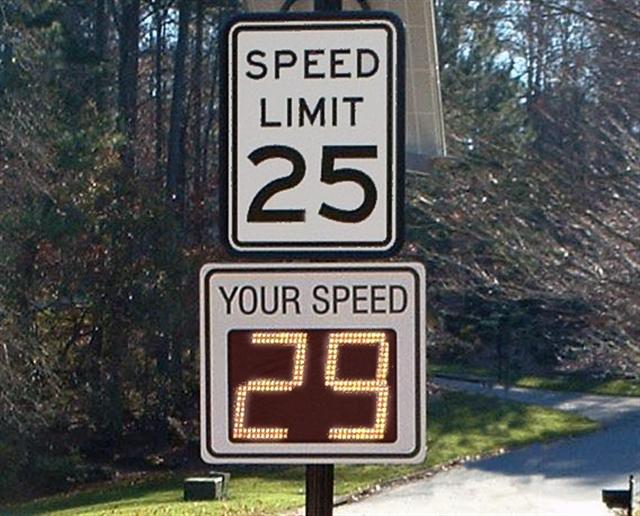Life in the Fast Lane

Speeding may earn you a ticket. And in most cases, it will cost you maybe $150 or 100 Euros. For many people, that could be the difference between making this month’s rent and being in arrears. For others, it’s barely noticeable — the equivalent of an unnoticed rounding error in their paycheck.
So Finland tried to fix it. Which is why, in 2001, Finland fined Anssi Vanjoki, a high-paid Nokia executive, over $100,000 — for driving 75 kilometers per hour (47 miles per hour) in a 50 kph (31 mph) zone.
In 1921, Finland adopted a “day-fine” law which aimed to apply the ecumenical effect of incarceration to petty violations such as littering, breaches of the peace, and of course, minor traffic violations like speeding. Finland noted that jail time hit the rich and poor roughly equally; for each day in prison, the convict lost a day of freedom, whether rich or poor. Fines, their leadership concluded, should follow a similar framework. Since that year, those infractions can cost a violator a whole day’s pay — be it fifty Euros or 50,000 Euros. And unlike other countries with day-fine laws on the books, Finland’s has no maximum.
As reported by the BBC, for Vanjoki, this meant a bill of 116,000 Euros (at the time, about $103,000). In October of 2001, he was riding his Harley Davidson motorcycle 25 kilometers per hour over the speed limit and, when caught, was given a fine equal to 14 days of his annual income, which in most cases is exactly how the day-fine system should work. But Vanjoki’s case had an odd wrinkle — it was based on his income for the 1999 filing year, which, he claimed, was much higher than typical. Vanjoki appealed the fine, arguing that in 1999, he sold a number of stock options, boosting his income tremendously and, by 2001, he was making significantly less money because his equity stake in Nokia was worth much less (and he hadn’t sold any more options). The courts ended up agreeing with him, cutting his fine by 95%.
And while the day-fine system seems more fair than the typical flat fine system most of the world uses, it has found its critics. England and Wales tested the waters with one in the early 1990s, but it was generally disliked — as the BBC stated, it “was criticized for giving paltry fines to the poor and disproportionately large fines to the moderately wealthy.” (The BBC noted one example of two men ticketed for fighting each other; the richer of the two was fined ten times that of the poorer.) And in 2002, American economist Steven Landsburgh took to the Wall Street Journal to assail the scheme by pointing out an absurd result: “If Mr. Vanjoki speeds while his chauffeur rides in the passenger seat, the price is $100,000. If they switch seats, the price drops to $50.”
Bonus fact: Another Finnish innovation? Meet the dish draining closet, seen here. The cupboards, situated above the kitchen sink, are designed to allow people to place recently washed dishes right back into the cabinet without drying them first — the dish water drips down, slowly, into the sink below. Invented in the mid-1940s, the dish draining closet was named “one of the most important Finnish innovations of the millenium” per Wikipedia.
From the Archives: False Arrest: The Czech Republic’s anti-speeding innovation.
Related: “Speeding Excuses That Work: The Cleverest Copouts and Ticket Victories Ever” by Alex Carroll. 16 reviews, 4.6 stars, and worth well more than its $2.50 (used) if you’re a Finnish millionaire.

Leave a comment